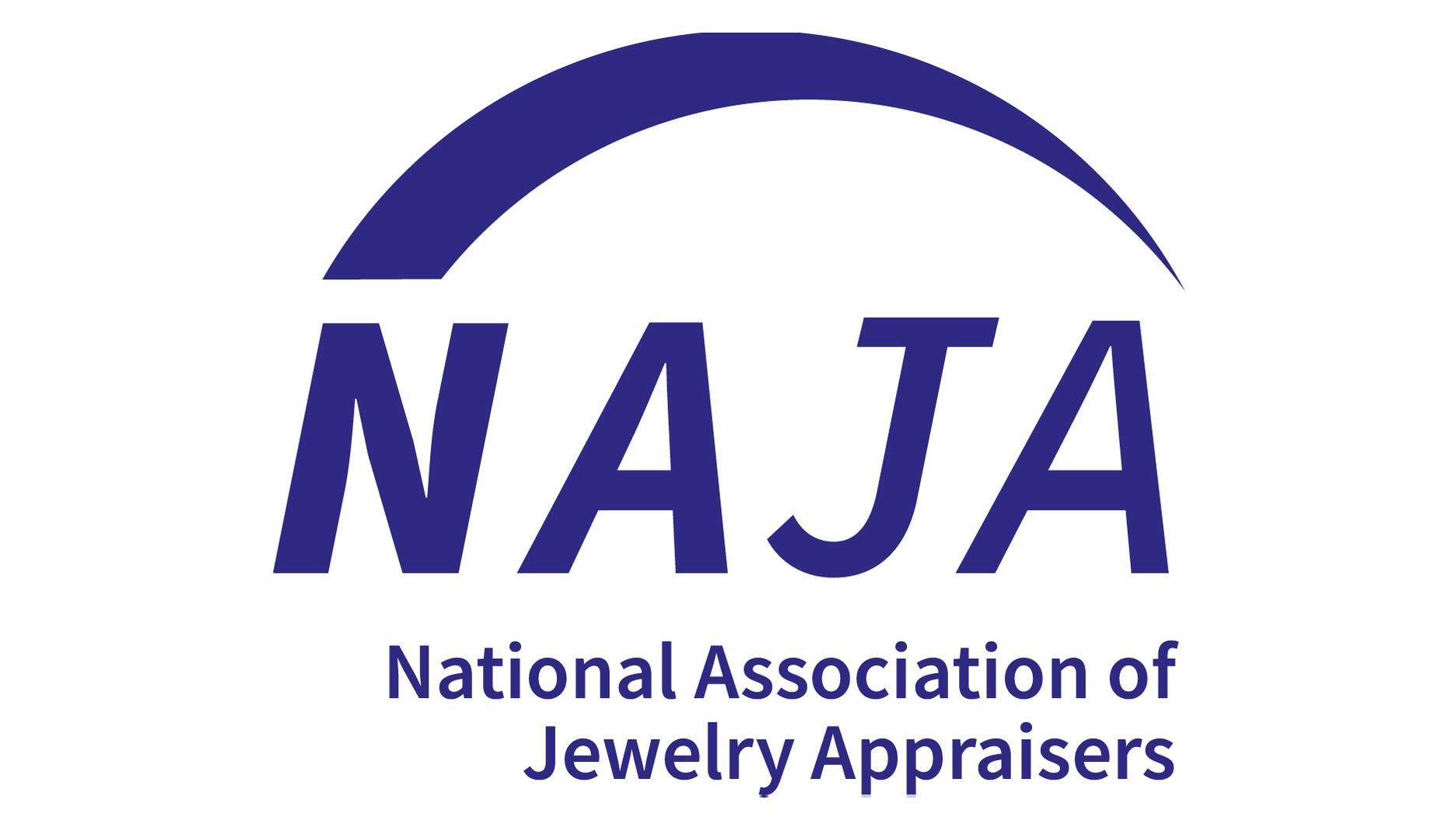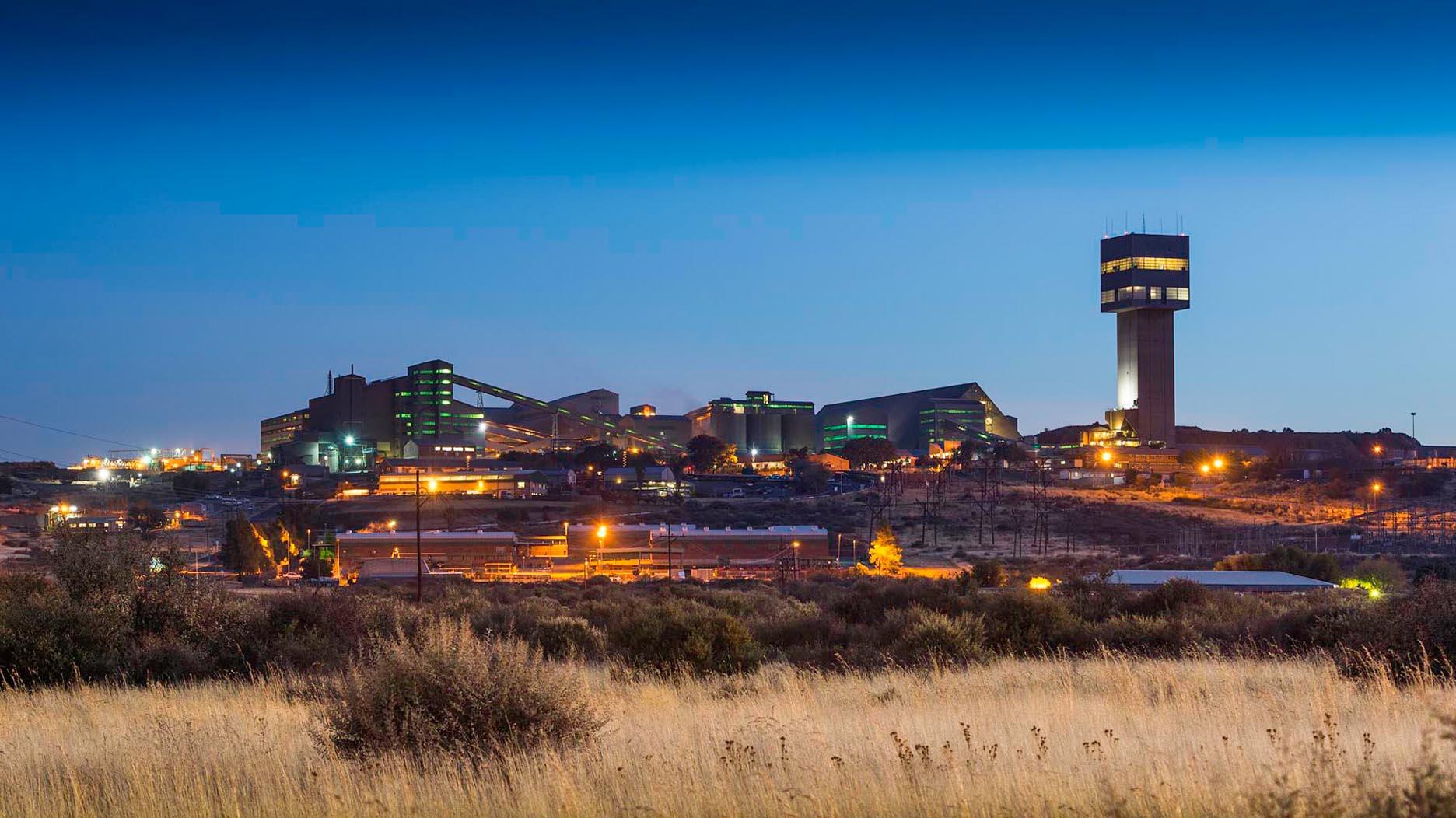De Beers’ H1 Revenue Falls 21% in ‘Weak’ Market
Lab-grown diamond sales in the United States and ongoing economic challenges in China are impacting natural diamond demand.

De Beers’ results were announced Thursday as part of parent company Anglo American’s half-year report for the period ended June 30.
The diamond miner and marketer’s total revenue in the first half of the year fell 21 percent to $2.2 billion, compared with $2.8 billion in the same period last year.
Rough diamond sales totaled $2 billion, down 20 percent year-over-year.
Total rough diamond sales volumes fell 22 percent, from 15.3 million in H1 2023 to 11.9 million carats in the first half of 2024.
Underlying EBITDA decreased 14 percent to $300 million ($347 million a year ago) due to lower sales, high unit costs associated with lower production, and the costs associated with ramping up production at the underground portion of the Venetia mine.
The first half of 2024 was a tale of two quarters for De Beers.
Following a “challenging” 2023, rough diamond demand started to pick up in the first quarter, with India lifting its ban on rough diamond imports and U.S. retailers looking to restock after the holiday season.
However, conditions deteriorated in the second quarter, as midstream inventory levels remained high and retailers took a conservative approach to buying.
Diamond demand remains muted in De Beers’ two biggest markets, China and the United States.
In the U.S., consumer confidence was “soft” due to economic uncertainty, and lab-grown diamonds continued to take a bite out of natural diamond sales, though De Beers maintains that this dynamic will soon change.
It said in its H1 results, “Given the rapidly deteriorating economics of selling lab-grown diamonds as their prices continue to drop, there are also signs that retailers in the United States are returning their focus to natural diamonds.”
In China, consumer confidence is also low as the country continues to grapple with its real estate crisis.
The first-half bright spot was India, where strong economic growth underpinned growth in demand for natural diamond jewelry. India is the also market where De Beers is looking to relaunch Forevermark as a jewelry brand.
In response to weaker demand and the glut of inventory in the midstream, production dropped 19 percent in the first half of the year.
De Beers mined 13.3 million carats of diamonds through June 30, compared with 16.5 million carats in the same period a year ago.
In Botswana, the company’s largest producer, production fell 24 percent year-over-year to 9.7 million carats.
De Beers and the government of Botswana tentatively reached a new 10-year agreement for divvying up Debswana’s rough diamond production and a 25-year renewal of Debswana’s mining licenses in July 2023.
While the two parties signed “heads of terms” three months later, the deal still has not been finalized.
De Beers said Thursday that they are “working together to progress and then implement the formal new sales agreement and related documents, including the mining licenses. In the interim, the terms of the most recent sales agreement remain in place.”
The company has lowered its annual production guidance to 23-26 million carats from the previous forecast of 26-29 million carats due to the “prolonged period” of lower demand, higher levels of inventory in the midstream, and a focus on working capital.
As a result, De Beers has implemented a new strategy aimed streamlining the business. Dubbed “Origins,” the plan was introduced during the JCK Las Vegas shows in late May/early June.
It involves cutting costs across the board, shedding non-core assets, working with retailers to market natural diamonds, and getting out of the business of growing diamonds for jewelry.
On Thursday, De Beers CEO Al Cook said the company has made “great progress” on Origins.
He said, “We have streamlined the business, materially reducing our costs and ensuring we are best placed to grow value from mining to stores as conditions improve. We’re revitalizing demand for natural diamonds for a new generation of consumers through our collaborations with Signet, Chow Tai Fook, and other leading jewelry retailers.
“While we expect the challenging rough diamond trading conditions to continue in the near-term, the actions we are taking will support the recovery in natural diamond demand and position De Beers well for the future.”
The Latest

Set in a Tiffany & Co. necklace, it sold for $4.2 million, the highest price and price per carat paid for a Paraíba tourmaline at auction.

The jeweler’s “Deep Freeze” display showcases its iconic jewelry designs frozen in a vintage icebox.

Take luxury gifting to new heights this holiday season with the jeweler’s showstopping 12-carat sphene ring.

How Jewelers of America’s 20 Under 40 are leading to ensure a brighter future for the jewelry industry.

This year's theme is “Unveiling the Depths of the Ocean.”


In its annual report, Pinterest noted an increase in searches for brooches, heirloom jewelry, and ‘80s luxury.

Starting Jan. 1, customers can request the service for opal, peridot, and demantoid garnet.

Roseco’s 704-page catalog showcases new lab-grown diamonds, findings, tools & more—available in print or interactive digital editions.

The 111-year-old retailer celebrated the opening of its new location in Salem, New Hampshire, which is its third store in the state.

The new catalog features its most popular chains as well as new styles.

The filmmaker’s personal F.P. Journe “FFC” prototype was the star of Phillips’ recent record-setting watch auction in New York.

The new location in the Design District pays homage to Miami’s Art Deco heritage and its connection to the ocean.

Inflations, tariffs, and politics—including the government shutdown—were among consumers’ top concerns last month.

Silas Smith of Meridian Metalworks won the challenge with his pendant that blends Australian and American landscapes.

The sale of the 31.68-carat, sunset-hued stone was part of Sotheby’s first series of events and auctions in Abu Dhabi.

Most customers who walk into your store this month have made up their minds. Your job is to validate their choice, Emmanuel Raheb writes.

The collection features characters and motifs from Ukrainian folklore, including an enchanted mirror and a magic egg.

MatrixGold 3.11, the newest version of the jewelry design program, offers more flexibility, precision, and creative control.

The pavilion will be part of the 2026 JA New York Spring show, scheduled for March 15 to 17.

Kadet, a 1994 National Jeweler Retailer Hall of Fame inductee, helped grow the family-owned retailer in the Chicago area and beyond.

Billed as the world’s smallest wearable, Lumia Health’s new smart earrings have a health tracker subtly embedded in the back.
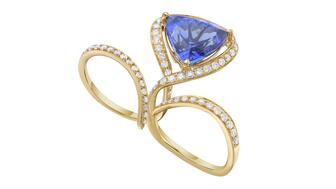
Don’t let those with December birthdays feel blue. Help them celebrate their month with blue zircon, turquoise, and tanzanite.
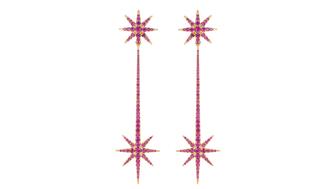
The new pink sapphire version of the piece dances with its wearer in the brand’s “Icons After Dark” holiday campaign.

A choice that’s generated a lot of commentary, Pantone says “Cloud Dancer” marks a fresh start and encourages relaxation and creativity.

The manufacturer’s holiday campaign features a gift guide filled with trending designs and jewelry that can be personalized.
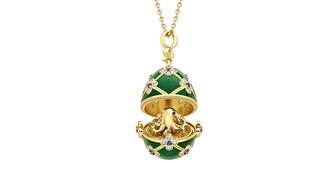
The man was charged with theft, accused of ingesting the necklace while in a jewelry store in Auckland, New Zealand.

The Florida independent expanded its store from 8,000 to 14,000 square feet, fulfilling the vision of its late co-founder, Jim Dunn.












